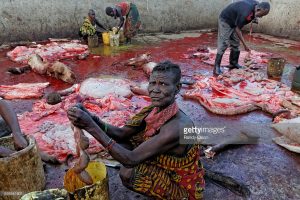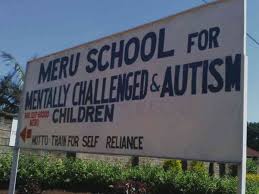I’m still sorta amazed me and the barfblog.com gang get citied daily (and that after 15 years, Chapman can skate and sorta write).
So here’s one from Kenya.
 Dining is a common phenomenon in major cities and towns, especially in modern lifestyle where people have limited time due to work and other related engagements. Indigenous restaurants have become a preference for most consumers although their patronage varies, attributed to various push factors such as health, curiosity and variety. Although hygiene is an important aspect in choosing where to dine, most customers are not keen to observe it.
Dining is a common phenomenon in major cities and towns, especially in modern lifestyle where people have limited time due to work and other related engagements. Indigenous restaurants have become a preference for most consumers although their patronage varies, attributed to various push factors such as health, curiosity and variety. Although hygiene is an important aspect in choosing where to dine, most customers are not keen to observe it.
This study explored food handlers’ hygiene practices as determinants of customers’ choice of selected African indigenous restaurants’ in Nairobi City County, Kenya. The study adopted a cross-sectional descriptive survey targeting 15 selected African indigenous restaurants. Cochran formula was used to determine a sample size of three hundred and eighty-four (384) customers from a population of 2,560 through convenient sampling. Data collection instruments were two questionnaires, an interview guide and an observation checklist. Qualitative data was ordered, coded and summarized in compilation sheets for easier analysis in addition to inferential statistics. Quantitative data was analyzed using statistical packages for social sciences with levels of significance established using paired tests with a cut-off point of P < 0.05, (95%) confidence and significance levels. Chi square Pearson’s correlation coefficient tests were calculated to identify the correlation between food handlers’ hygiene practices and customers’ choice of restaurants. The findings presented a c 2 = 4.244, df* = 2 and p = 0.133 which is > 0.05. With a significance level > 0.05 (0.133), the alternative hypothesis (H1) was rejected. The findings showed that there was no significant relationship between the two variables. Most customers were not keen on hygiene standards as evidenced in some restaurants where regardless of the poor hygiene practices present, there were still high flows of customers.
The study concluded that even though hygiene practices have an effect on the customers’ choice of the restaurants, the effect is not significant. The study recommended the public health authorities in the urban centers to educate all restaurant stakeholders on food hygiene regulations and inform consumers about hazards associated with improper handling of food. The study further recommended that restaurants operators to adhere to the food hygiene regulations and similar studies to be done in other localities, in rural restaurants, and to incorporate more restaurants
Evaluating the food handlers’ hygiene practices as determinants of customer choice at selected African indigenous restaurants in Nairobi City County, Kenya, 13 November 2018
Journal of Hospitality and Tourism Management p. 57-76
N., M., Wandolo, M., N, M., & Mutisya-Mutungi, M.
https://stratfordjournals.org/journals/index.php/Journal-of-Hospitality/article/view/204







 An outbreak investigation was initiated on 27 May by interviewing the four confirmed cases using a trawling questionnaire. On the same day the NFSA inspectors visited the two households where suspected cases were reported and found an unopened package of sugar peas imported from Kenya in one household, and the packing of the same brand of sugar peas in the other. The sugar peas were bought in the same shop. Based on this suspicion, it was decided to focus the interviews on consumption of fresh vegetables and lettuce.
An outbreak investigation was initiated on 27 May by interviewing the four confirmed cases using a trawling questionnaire. On the same day the NFSA inspectors visited the two households where suspected cases were reported and found an unopened package of sugar peas imported from Kenya in one household, and the packing of the same brand of sugar peas in the other. The sugar peas were bought in the same shop. Based on this suspicion, it was decided to focus the interviews on consumption of fresh vegetables and lettuce.